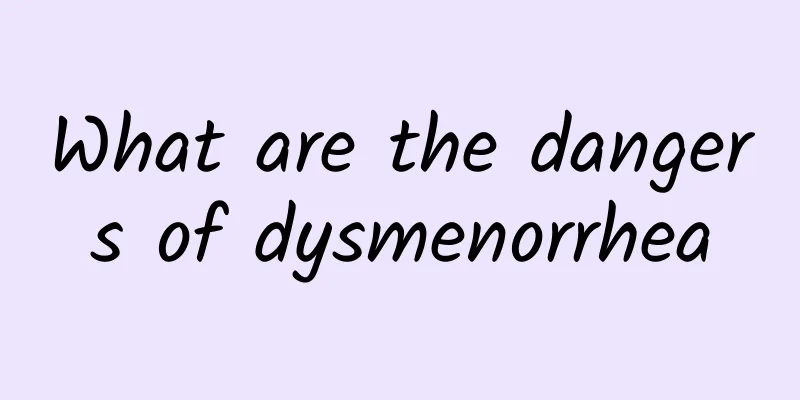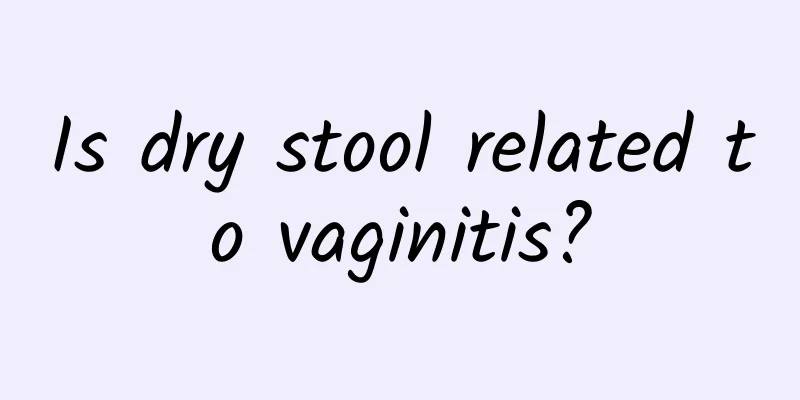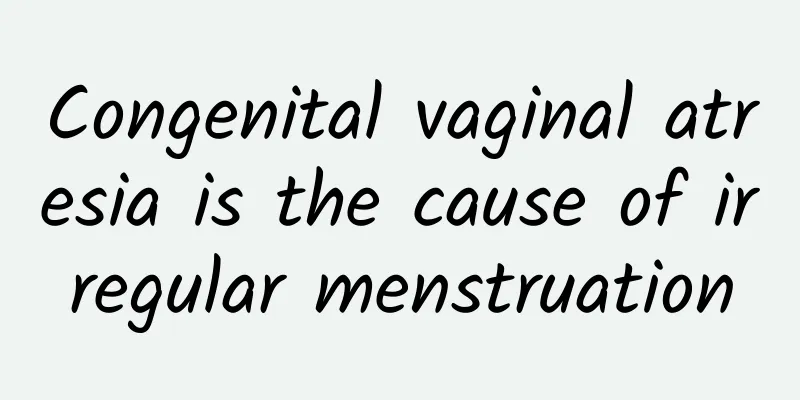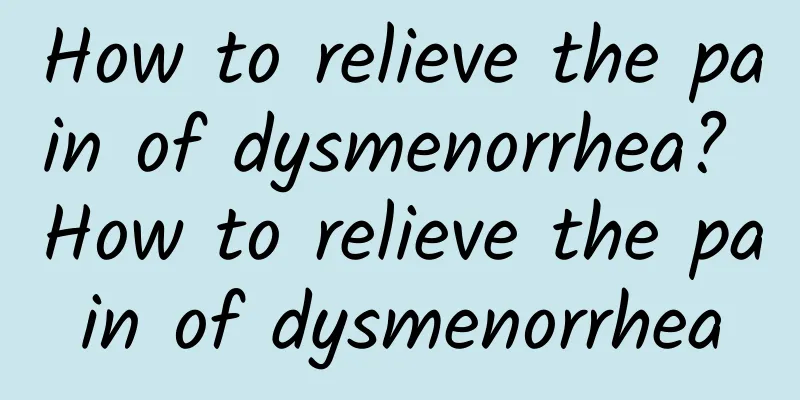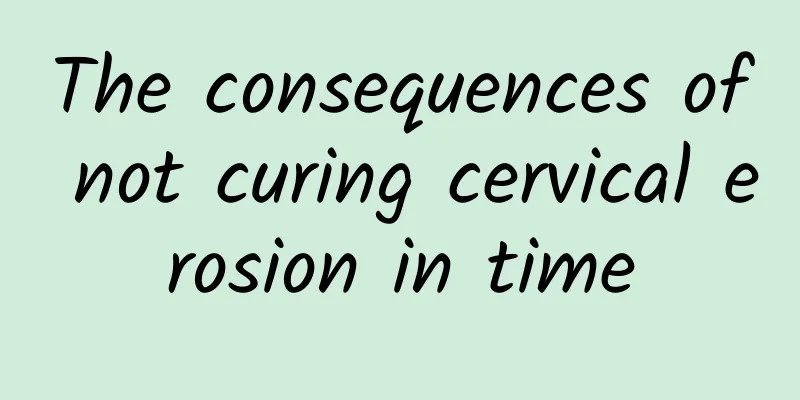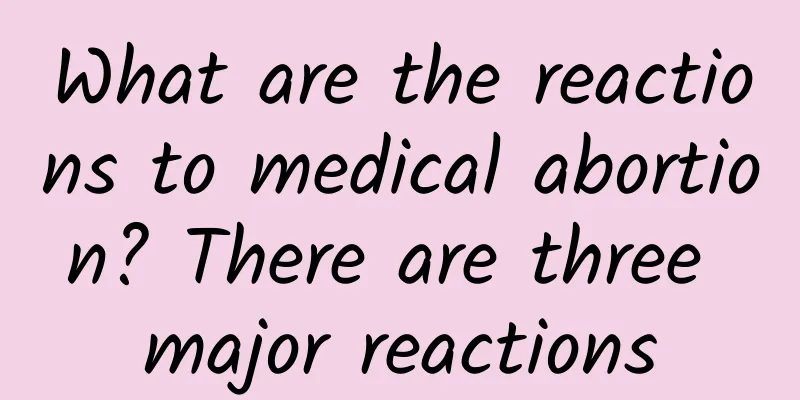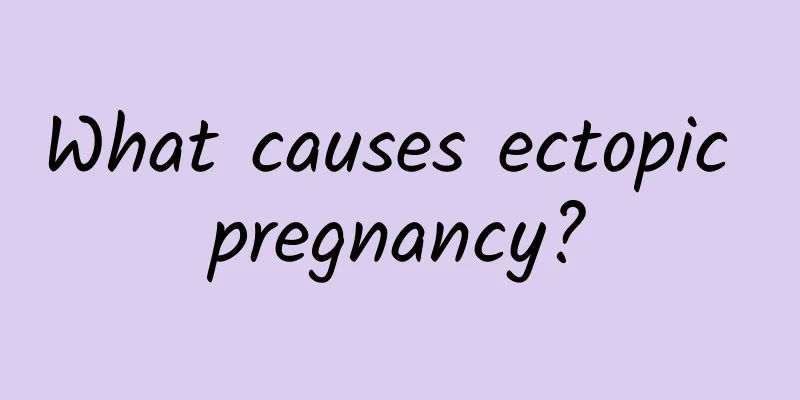What are the disadvantages of uterine fibroid embolization? How is uterine fibroid embolization treatment?

|
What are the disadvantages of uterine fibroid embolization? How is uterine fibroid embolization treatment performed? Uterine fibroids are a common benign tumor in women, and their main symptoms include menstrual abnormalities, lower abdominal pain, and pelvic compression symptoms. Uterine fibroid embolization is a non-surgical, minimally invasive treatment method that is widely used in the treatment of fibroids. However, like any treatment method, there are some disadvantages that cannot be ignored. In this article, we will list the disadvantages of uterine fibroid embolization treatment and explore the advantages and disadvantages of this treatment method. First, let's look at the advantages of uterine fibroid embolization. Uterine fibroid embolization is a non-surgical treatment method that requires the embolic agent to be injected directly into the blood vessels supplying the fibroids through a catheter, thereby interrupting the blood supply to the fibroids and ultimately causing the fibroids to shrink or die. Compared with traditional surgical treatment, uterine fibroid embolization has the advantages of less trauma and faster recovery time. In addition, uterine fibroid embolization is also suitable for some patients who are not suitable for surgery or are concerned about the risks of surgery. However, uterine fibroid embolization also has some disadvantages. First of all, this treatment method is not suitable for all patients with uterine fibroids. The embolization process involves the use of catheters and the injection of embolic agents, which requires high technical skills. Especially for some patients whose fibroids are located in the cavity or wall of the uterus, embolization may become more difficult due to the complexity of the anatomical structure. In addition, although embolization can interrupt the blood supply to the fibroids, it cannot really solve the fundamental problem of the fibroids. If the embolization fails, the fibroids recur, or new fibroids appear, the patient may need to choose other treatment methods, which further increases the uncertainty of treatment. In addition to the technical requirements and uncertainty of treatment effects, uterine fibroid embolization has some other side effects and complications. During the embolization process, due to the blocking effect of the embolic agent, thrombosis will occur in the blood vessels supplying the fibroids. This thrombosis may cause complications such as endometritis, uterine cavity effusion, and cervical stenosis. In addition, uterine fibroid embolization may also cause abdominal pain, fever, infection and other discomfort symptoms. Therefore, when undergoing uterine fibroid embolization treatment, patients need to pay close attention to their physical condition and follow up with attention and conditioning according to the doctor's guidance. In summary, uterine fibroid embolization is a common non-surgical treatment method, which improves the shortcomings and defects of traditional surgical treatment to a certain extent. However, uterine fibroid embolization has high technical requirements and limited scope of application, and there are also some side effects and complications. Therefore, when choosing a treatment method, patients need to fully communicate with their doctors and comprehensively consider the pros and cons of their own condition and treatment options. Most importantly, patients need to maintain good living habits during treatment, have regular check-ups, and deal with complications in a timely manner to achieve better treatment results. |
<<: Why can some uterine fibroids be cured? Why do some people's uterine fibroids disappear?
>>: What are the symptoms of shrinking uterine fibroids?
Recommend
What are the symptoms of malignant uterine fibroids? Six common clinical symptoms of uterine fibroids
One of the symptoms of malignant uterine fibroids...
6 principles to accelerate fat burning: exercise for 1 hour
If you want to be thin, beautiful and healthy, in...
Is it normal to have menopause at the age of 39? Do I need to adjust it again?
Menopause at the age of 39 is usually an abnormal...
2 water bottle weight loss exercises to quickly get rid of body fat
What exactly is the "Water Bottle Diet Exerc...
Is it easier to gain weight by eating small meals frequently? Dr. Song Yanren lost 20 kg with this weight loss technique
I have tried many weight loss methods but failed,...
Women should pay attention to the following to prevent cervical hypertrophy
Many people want to know how women can prevent ce...
What medicine is generally used to treat uterine fibroids? Special medicine for the treatment of uterine fibroids
What medicine is generally used to treat uterine ...
What are the common symptoms of cervicitis?
Cervicitis can be clinically divided into acute a...
What is threatened miscarriage?
What is threatened abortion? Threatened abortion ...
Healthy diet tips for patients with congenital absence of vagina
People should understand the symptoms of congenit...
Experts introduce traditional Chinese medicine methods for treating irregular menstruation
Irregular menstruation is also called menstrual d...
Schoolchildren act as health angels and call on parents to keep their waists healthy
The problem of childhood obesity in China is beco...
Can severe cervicitis in women be cured? Patients with severe cervicitis must be treated in this way
Cervicitis is one of the common diseases nowadays...
Analysis: Treatment of vulvar leukoplakia
Vulvar leukoplakia is a gynecological disease. Vu...
There are auspicious times to eat fruits. Are you eating them right? Which is better, before meals, after meals, or between meals? Nutritionists say...
Fruits contain rich nutrients such as vitamins, m...
